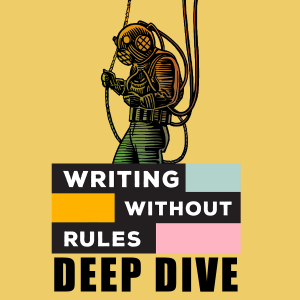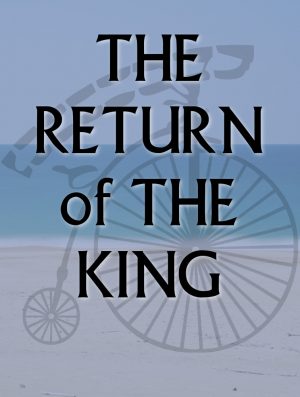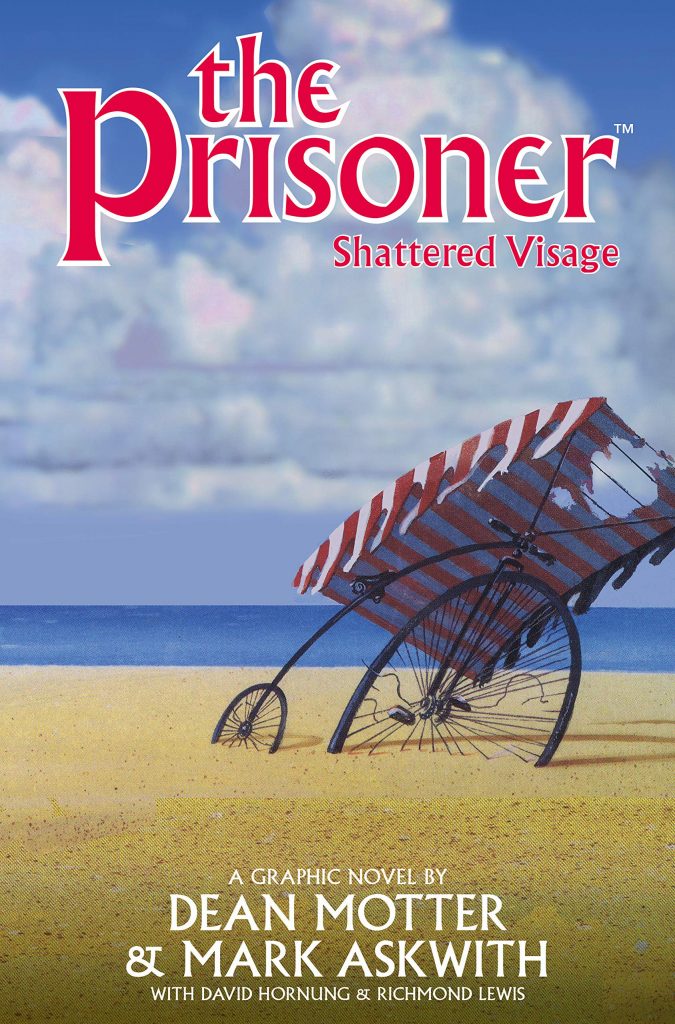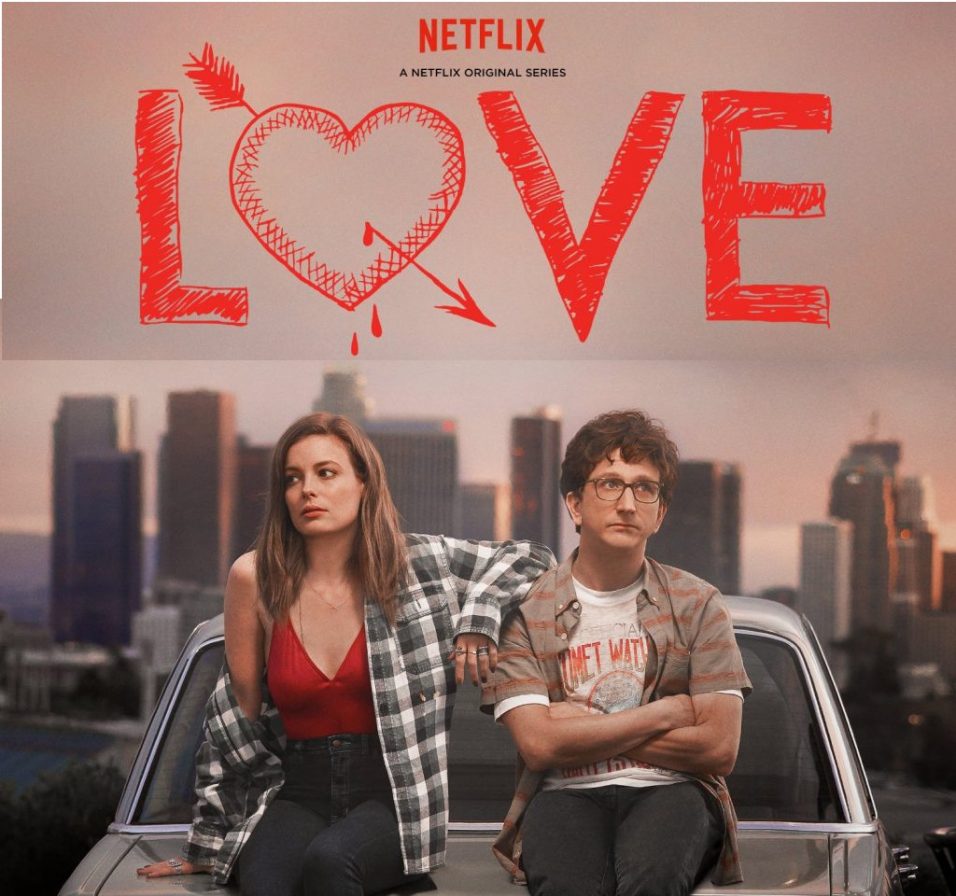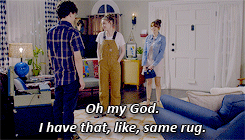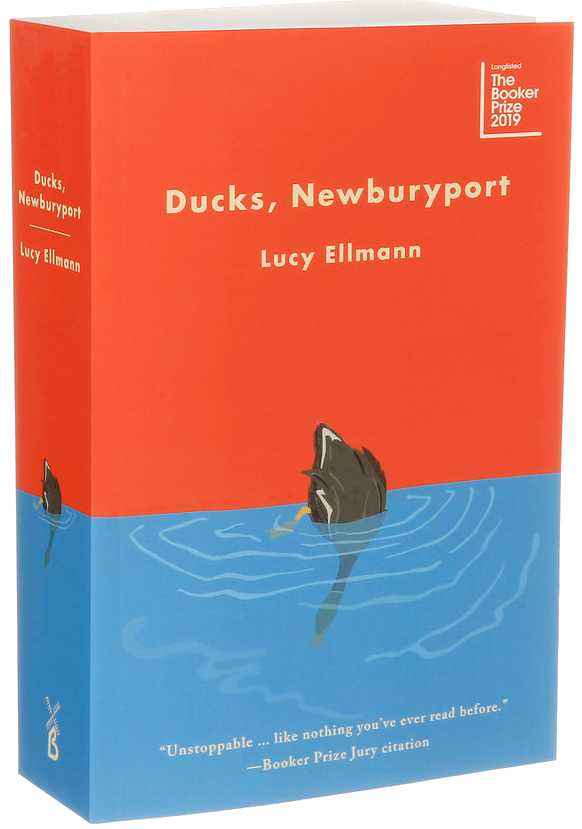The Grim Joys of Novels Written by Multitudes

Writers keep trying to crowdsource the novel, and it has never worked.
Writing can be a distressingly isolated and lonely process1. This is especially true of fiction—while screenwriting and theater writing often involve a certain element of collaboration and community, writing a story or novel is typically a solo endeavor. That translates to a lot of pressure—you have to come up with the plot, bring the characters to life, do the research, and punch up the dialog all on your own2.
While many writers (including yours truly) consider this to be a feature of the writing life, not a bug, there are a suspicious number of crowdsourced novels in literary history, suggesting that authors have occasionally sought to turn writing a book into something more of a community effort. And this almost always fails, for one very obvious reason: Writers spend their careers cultivating a unique and distinct Voice and style, making chapters written by different people sound very, erm, different.
Out of Many, Boredom
There are plenty of novels out there written by two or three authors without incident, and that makes sense. If you’re the sort of writer who can tolerate the idea of collaboration, teaming up with someone who shares your style and sensibility makes sense3.
Less common—and much less successful as a strategy designed to create readable fiction—is the “tag team” approach involving several writers. This isn’t a new or particularly modern idea—Harriet Beecher Stowe teamed up with five other writers for “Six of One by Half a Dozen of the Other” in 1872, for example4—and the mechanisms used to produce one haven’t changed much. Sometimes it involves one author writing an initial chapter or treatment and then “tagging in” the next writer, who continues the story and then passes it on to the next (and so on). Sometimes it’s a bit messier and more collaborative. Whatever the approach, the end result is usually pretty unimpressive5.
One early example is “The Floating Admiral,” written by thirteen writers including Agatha Christie and Dorothy L. Sayers. The fact that this story—an old-school murder mystery—works at all is a testament to the talent involved, but it exposes one great flaw in the multiple writers scheme: The quality of the work sinks down to the lowest level, and the result is a book that is tepidly entertaining at best6. When the most positive thing you can say about a mystery is that the solution isn’t completely insane despite the efforts of earlier writers to make it so, that’s not exactly compelling.
Which may be why a later example of collaborative novel, “No Rest for the Dead” (by no fewer than 26 authors, including Jeffery Deaver and R.L. Stine) actually fails in the other direction: So much effort is put into making everything consistent it would be hard to tell who wrote what if you removed the names from the TOC. It’s a competent book but also a forgettable one.
On the opposite end of the style/editing spectrum you’ve got “Caverns,” authored by Ken Kesey and his 13 writing students at the University of Oregon in 1989. Most likely due to Kesey’s stature, the book actually got published, but it is, to put it mildly, a bit of a mess—it reads like a book written by 14 people, with varying Voices throughout and a plot that definitely feels like a committee put it together.
In On the Joke
The difficulty in making a collaborative novel read like a real book instead of a joke may be why the most successful examples are, in fact, jokes—or at least pranks. In 1969 journalist Mike McGrady assembled a team of 24 to pen “Naked Came the Stranger,” a deliberately terrible novel designed to prove, somehow, that all the reading public cared about was sex and titillation. The fact that anyone had any doubts about this is the real story here—but “Naked Came the Stranger” remains an example of a collaborative book that achieved its (sordid) literary goals and, more importantly, read like a book authored by a single writer. A very sexy, somewhat unstable author7.
Similarly, later efforts like “Naked Came the Manatee” (satirizing 1990s-era thrillers) and “Atlanta Nights” (a novel written by a group of authors intending to prove that online publisher Publish America was a scam by writing a novel so terrible no sane person [or legitimate publisher] would accept it8) succeed in part because they intend to be terrible, and all the flaws of the collaborative writing process actually work in their favor.[/efn_note], but the point stands.
Of course, all of this effort and skulduggery is mystifying: I have always been able to write truly awful, disjointed, and confusing novels all on my own. I must conclude that the folks who need help are just amateurs.

